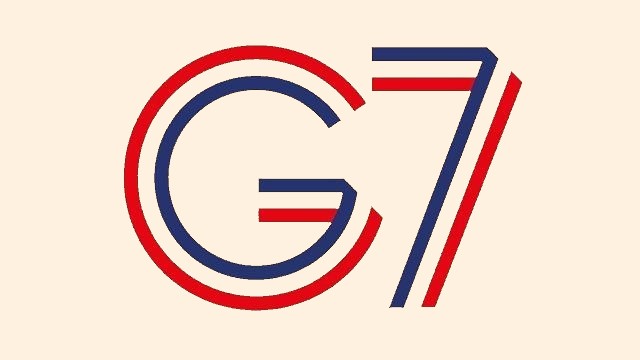
The G7, or Group of Seven, has its origins in 1973, when the finance ministers of West Germany, the United States, France, Japan and the United Kingdom, the five most important economies of the time, met to form a group that would make decisions on economic, environmental, labor, trade, agricultural, etc. issues.
In 1975, Italy joined the group and in 1977 Canada became a member of what was then called the Group of Seven.
Since 1977, the European Union has been represented in the G-7 with an increasing presence, but since it is not a country, it is not taken into account in the membership count and does not assume the chairmanship of the group, as the member countries do on a rotating basis.
In 1998, Russia joined the group, which was renamed the G-8.
However, in 2014, Russia was expelled from the group for the annexation of Crimea and since then the G-7 summit has been held annually.
Therefore, currently the countries that make up the G-7 are Canada, France, Germany, Italy, Japan, the United Kingdom, the United States and the United Kingdom, joined by the European Union.
The countries that make up the G7 account for more than half of the world's wealth and, despite the fact that this group has no theoretical power to impose its decisions, the measures they agree on are of great global significance.
In the following link you can see the main economic variables of the G7 members